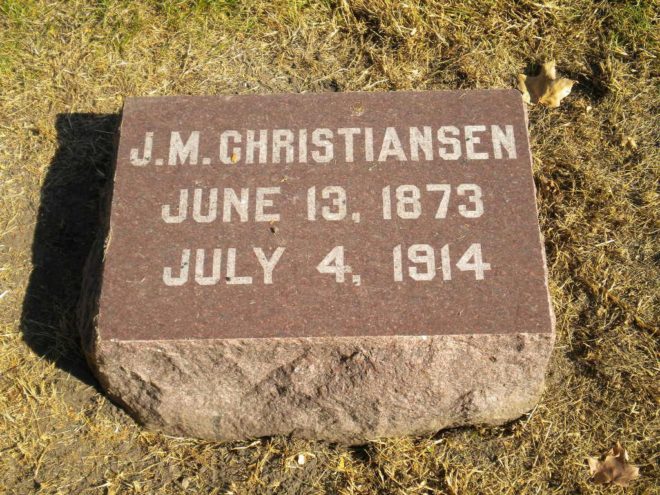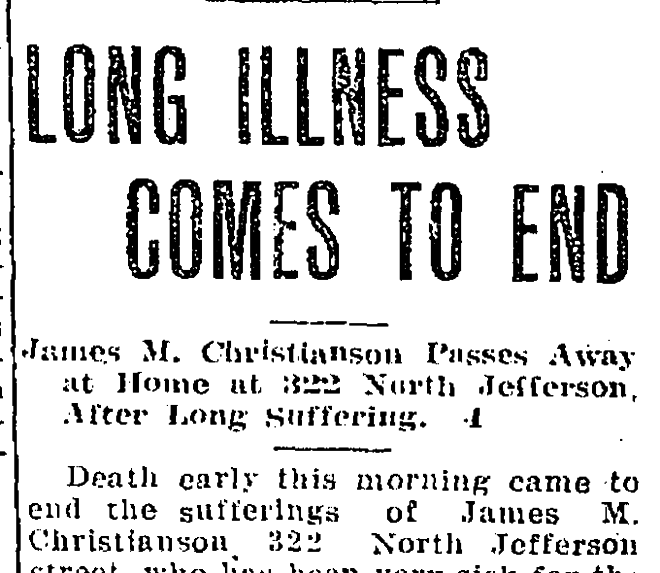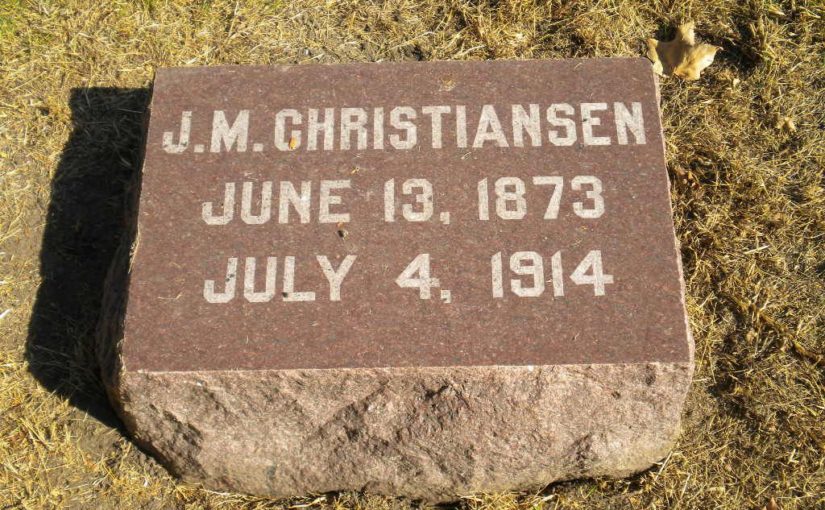When I first started recording sources, I didn’t understand the citation/source/repository model that is the basis for a lot of genealogy programs. I struggled to record a marker as the source for dates of birth and death. I sometimes recorded the marker itself as an individual source, but that quickly results in many entries in the source list. I also tried using myself as the source, when I personally canvassed the cemetery and recorded the grave markers. But logically, that’s incorrect because I am not the entity with the knowledge. I am a secondary source, and the original is available.
Elizabeth Shown Mills’ Evidence Explained has been invaluable. She writes:
When citing cemetery records you will greatly reduce the length of
your Source List if you cite the facility as the author (creator) of the
records, rather than use the gravestone or the record book as the lead
element in a Source List Entry.
That paragraph was a revelation to me. Now I have a series of sources such as “Washington, Seattle, Calvary Cemetery grave markers” in my Gramps database. This works great. For each citation linked to the source, it’s clear that the source(s) are the grave markers themselves. As a practical matter, I’ll rarely know who the informant was for the grave markers, so this is going to be as far as I can go in the chain.
However, when Ms. Shown Mills gets to online databases of burials, her recommendation changes. In that case, she recommends using the creator and web site as the source list entry.
I don’t think that always works so well for my database, and I’m experimenting with switching my database to her recommendation in the paragraph above. When an online source has photographs of the grave markers, I’m still using the grave markers as my source, not the web site.
In fact, what the web site says could be completely wrong while the photo included is correct. On Find a Grave, it’s common for people to add additional information not found on the marker. It’s common for memorial managers to change the listed information when they think they have better source. Older grave markers often have incorrect dates of birth, and memorial managers sometimes put the correct date rather than the date on the marker. I think I want to have separate citations for the information in the memorial and the information drawn from the markers.
For the information on the markers themselves, what I am trying now are citations to the cemeteries, attaching the images of markers to those citations, and sourcing each image to the Find a Grave memorial (or whatever web site/database it came from). Basically, creating a chain of citations. Anyone using my database can trace the information to the web site; that is not lost.
Some side thoughts to this experiment:
- This is for recording in my database, not for publication. For a published article, I would cite as Evidence Explained recommends. If someone wanted me to write an article for them. Which no one does, at least not yet.
- I use Gramps as my genealogy database. In Gramps, citations are first class objects, meaning they can be used multiple times in support of multiple facts. In GEDCOM and many other genealogy database programs, one citation supports a single fact. To support another fact, a second citation with exactly the same information is created. My model above may not fit the data models provided by programs other than Gramps.
- This makes me wish Gramps and other programs had support for chains of citations. The only reason this works at all in Gramps is that media can have source citations. If I don’t have separate media, I cannot cleanly model this in Gramps.
- I checked Tony Proctor’s experimental STEMMA genealogy model to see if he thought of this. Unsurprisingly, STEMMA provides for chains of citations. I hope Mr. Proctor can get some of this into FHISO standards and those are actually adopted by software vendors.
- I’m still mulling over some thoughts on using Find A Grave and the photos there as sources for the burial location itself. Expect another post on that… sometime. I need to try some things out.



